Description
Gjøa was the first vessel to transit the Northwest Passage. With a crew of six, Roald Amundsen traversed the passage in a three year journey, finishing in 1906.
The 70 ft square-sterned 48 ton sloop was built by Kurt Johannesson Skaale in Rosendal, Norway in 1872, the same year Amundsen was born. She was named Gjøa after her owner’s wife. For the next 28 years she served as a herring fishing vessel, before Amundsen bought her in 1900 from Asbjørn Sexe of Ullensvang, Norway, for his forthcoming expedition to the Arctic Ocean. Gjøa was much smaller than vessels used by other Arctic expeditions, but Amundsen intended to live off the limited resources of the land and sea through which he was to travel, and reasoned that the land could sustain only a tiny crew (this had been the cause of the catastrophic failure of John Franklin’s expedition fifty years previously). Her shallow draught would help her traverse the shoals of the Arctic straits. Perhaps most importantly the aging ship was all that Amundsen (who was financing his expedition largely by spending his inheritance) could afford.
Amundsen had little experience of Arctic sailing, and so decided to undertake a training expedition before braving the Arctic ice. He engaged Hans Christian Johannsen, her previous owner, and a small crew, and sailed from Tromsø in April of 1901. The next five months were spent sealing on the pack ice of the Barents Sea. Following their return to Tromsø in September, Amundsen set about remedying the deficiencies in Gjøa that the trip had exposed. He had a 13 horsepower single-screw marine paraffin motor installed (she had hitherto been propelled only by sail, and had proved to be sluggish). Much of the winter was spent upgrading her ice sheathing; Amundsen knew she would spend several winters iced-in.
In the spring of 1902, her refit complete, Amundsen sailed her to Christiania (later called Oslo), the capital of Norway. At this time Norway was still in an (increasingly unhappy) union with Sweden, and Amundsen hoped the nationalistic spirit which was sweeping the country would attract sponsors willing to underwrite the expedition’s burgeoning costs. After much wrangling, and a donation from King Oscar, he succeeded. By the time Amundsen returned, Norway had gained its independence and he and his crew were among the new country’s first national heroes.
Amundsen was to serve as the expedition leader and Gjøa’s master. His crew were Godfred Hansen (a Danish naval lieutenant, Gjøa’s first officer), Helmer Hanssen (the second officer, an experienced ice pilot – Hanssen was to accompany Amundsen on many of his subsequent expeditions), Anton Lund (an experienced sealing captain), Peder Ristvedt (the engineer), Gustav Juel Wiik (the second engineer, a gunner in the Norwegian navy), and Adolf Henrik Lindstrøm (the cook).
Gjøa left the Oslofjord on June 16, 1903, and made for the Labrador Sea west of Greenland. From there she crossed Baffin Bay and navigated the narrow, icy straits of the Arctic Archipelago. By late September Gjøa was west of the Boothia Peninsula and began to encounter worsening weather and sea ice. Amundsen put her into a natural harbour on the south shore of King William Island; by October 3 she was iced in.
There she remained for nearly two years, with her crew undertaking sledge journeys to make measurements determine the location of the North Magnetic Pole, and learning from the local Inuit people. The harbour, known as Uqsuqtuuq (lots of fat) in Inuktitut, has become the only settlement on the island – Gjoa Haven, Nunavut has a population of just over 1000 people.
Gjøa left Gjoa Haven on August 13, 1905, and motored through the treacherous straits south of Victoria Island, and from there west into the Beaufort Sea. By October Gjøa was again iced-in, this time near Herschel Island in the Yukon. Amundsen left his men onboard and spend much of the winter skiing 500 miles south to Eagle, Alaska to telegraph news of the expedition’s success. He returned in March, but Gjøa remained icebound until July 11. Gjøa reached Nome on August 31, 1906. She sailed on to earthquake ravaged San Francisco, California where the expedition was met with a hero’s welcome on October 19.
Rather than sail her round Cape Horn and back to Norway, the Californian Norwegian American community prevailed on Amundsen to sell her to them, and she was put on display in the city’s Golden Gate Park. Amundsen knew that the notoriety that his exploits aboard Gjøa had earned him would allow him access to Nansen’s ship Fram, which had been custom-made for ice work and was owned by the Norwegian state. Amundsen and his crew travelled back to Norway by commercial ship. Only Wiik did not return to Norway; he had died of illness during the third Arctic winter.
Over the following decades Gjøa slowly deteriorated, and by 1939 she was in poor condition. Refurbishment was delayed by World War II, and repairs were not completed until 1949. In 1972 Gjøa was returned to Norway, and is now displayed in the Norwegian Maritime Museum in Bygdøy, Oslo. A bauta (memorial pillar) now stands at Gjøa’s former home in San Francisco. The Gjøa was also featured as a filming location in the 2005 documentary, The Search for the Northwest Passage, in which Kåre Conradi played Amundsen.
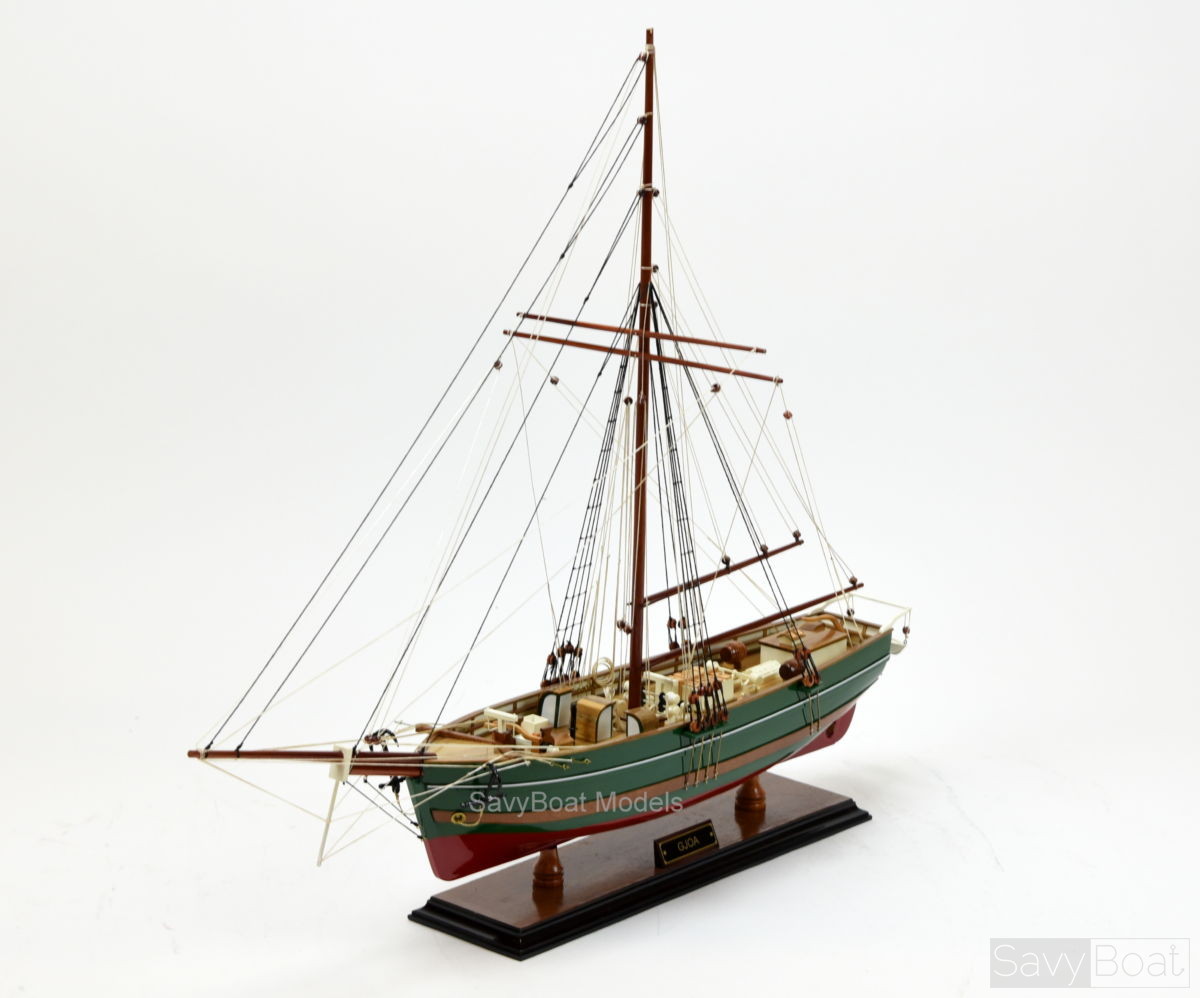
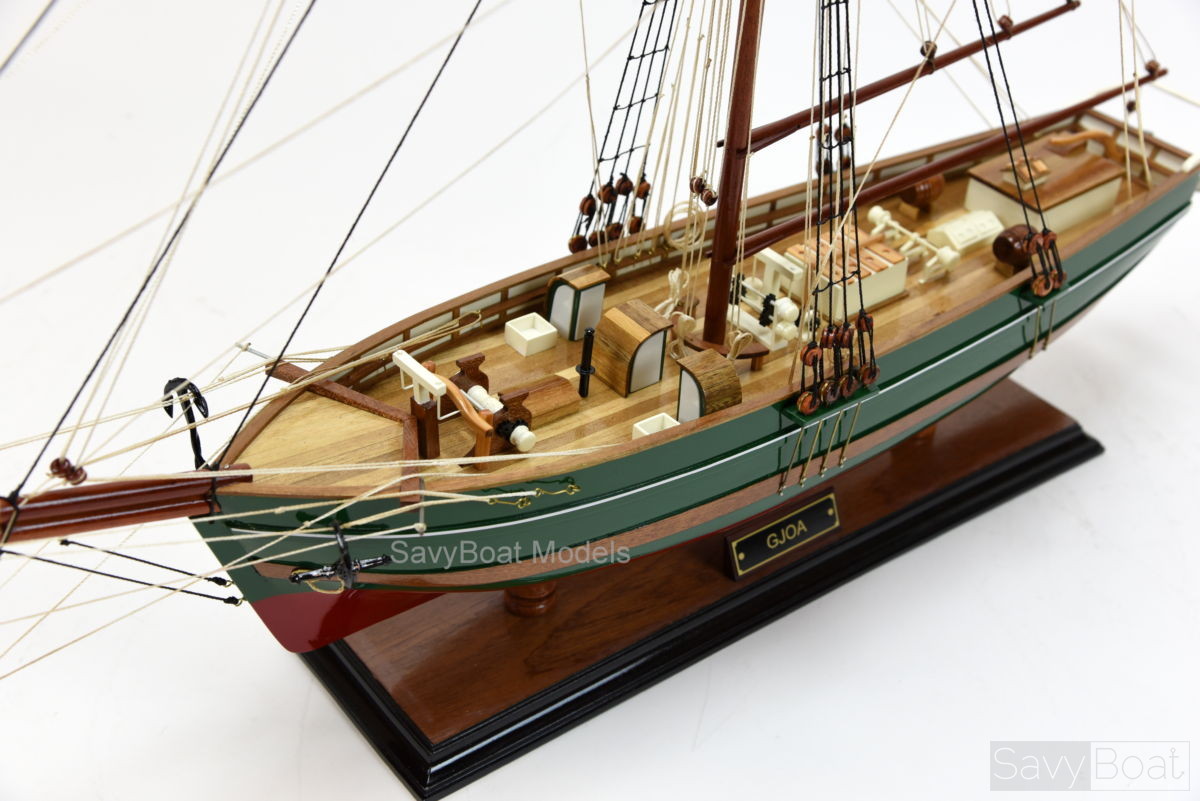
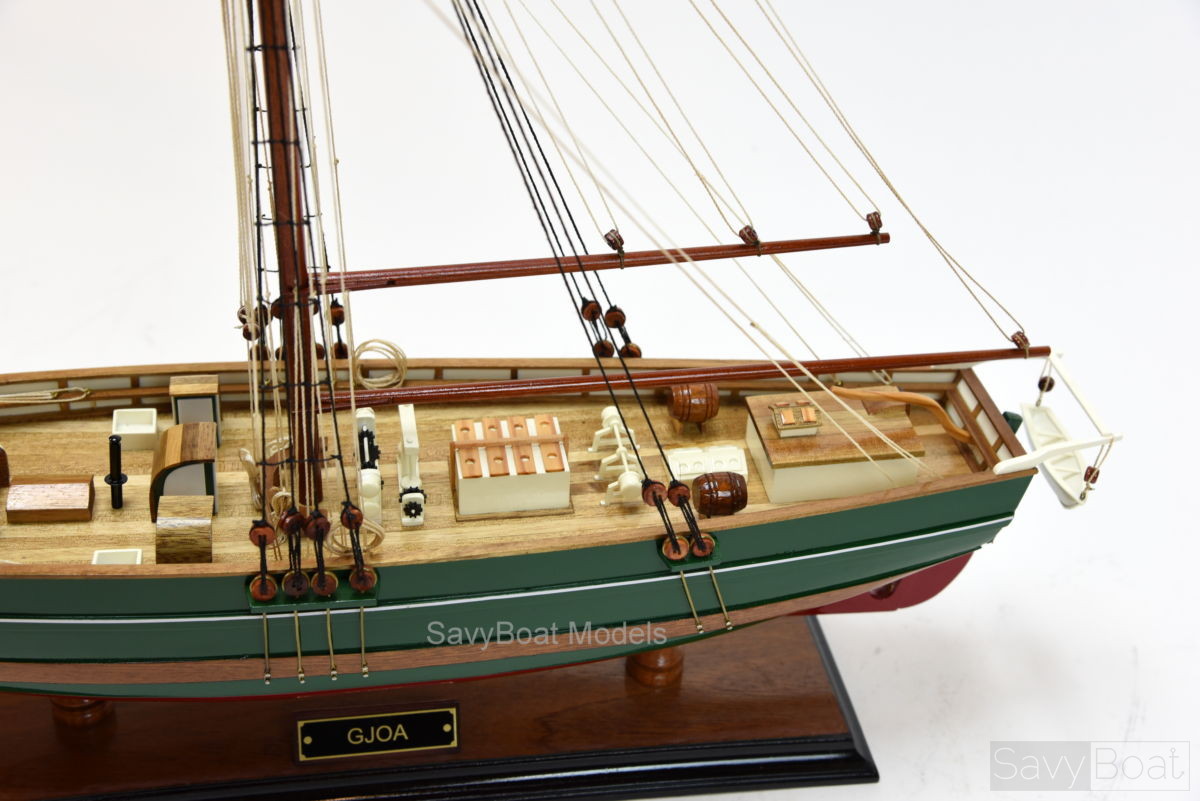
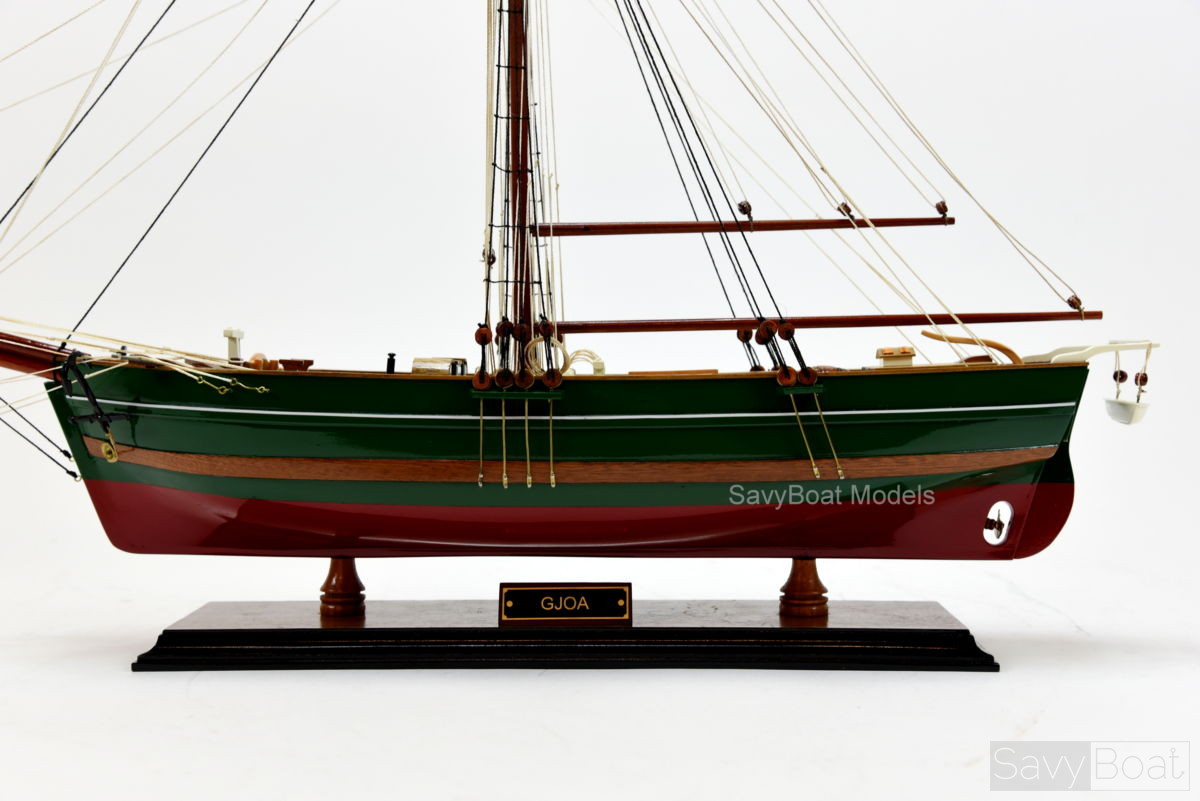
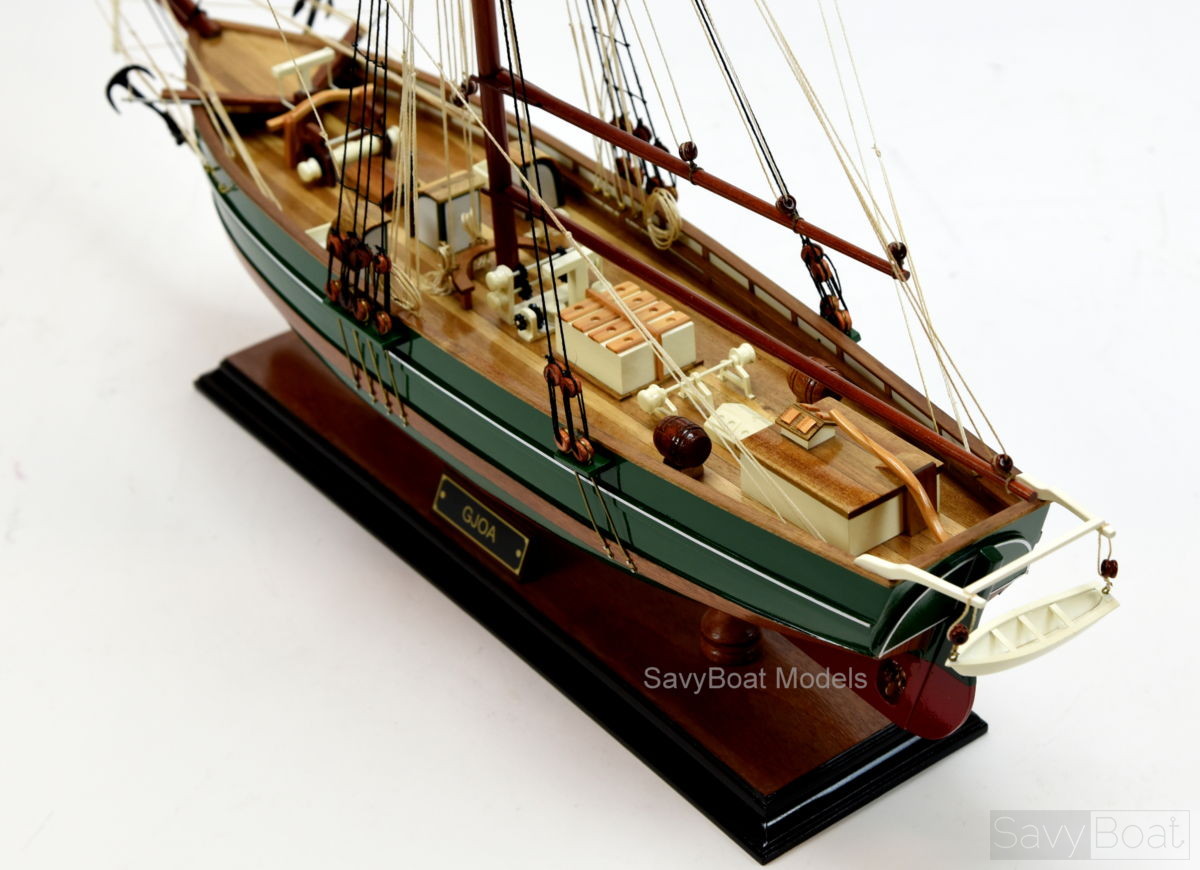
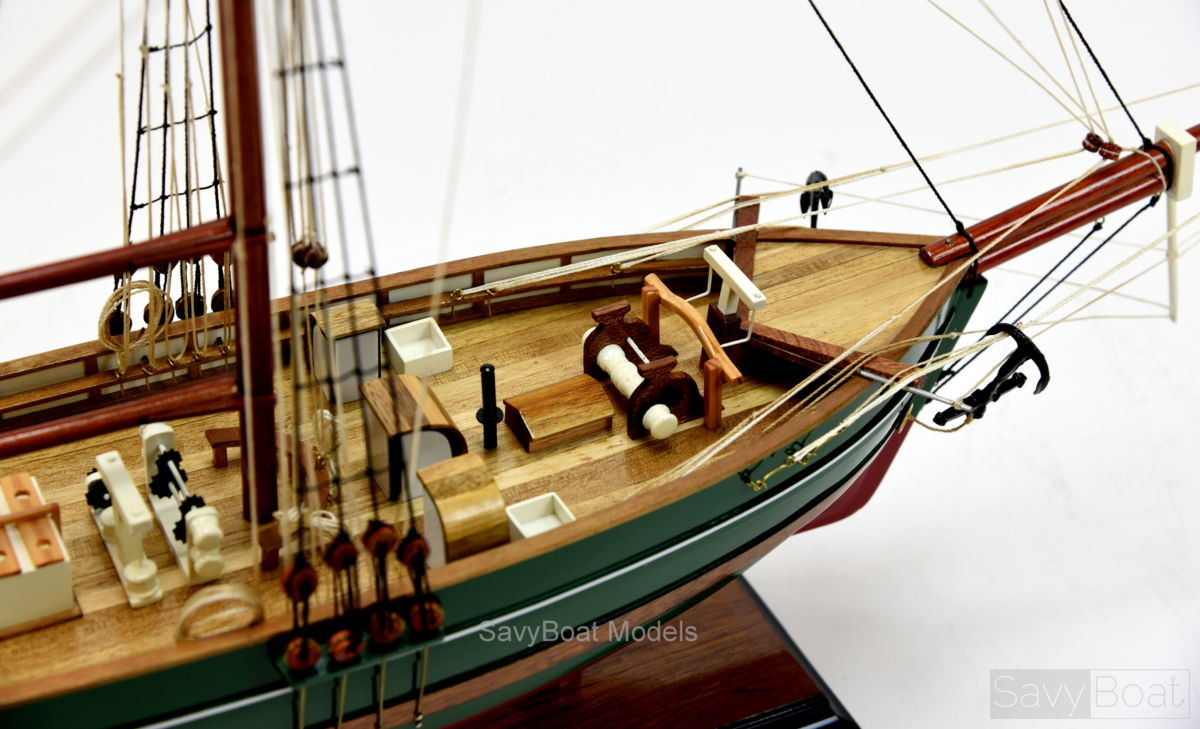
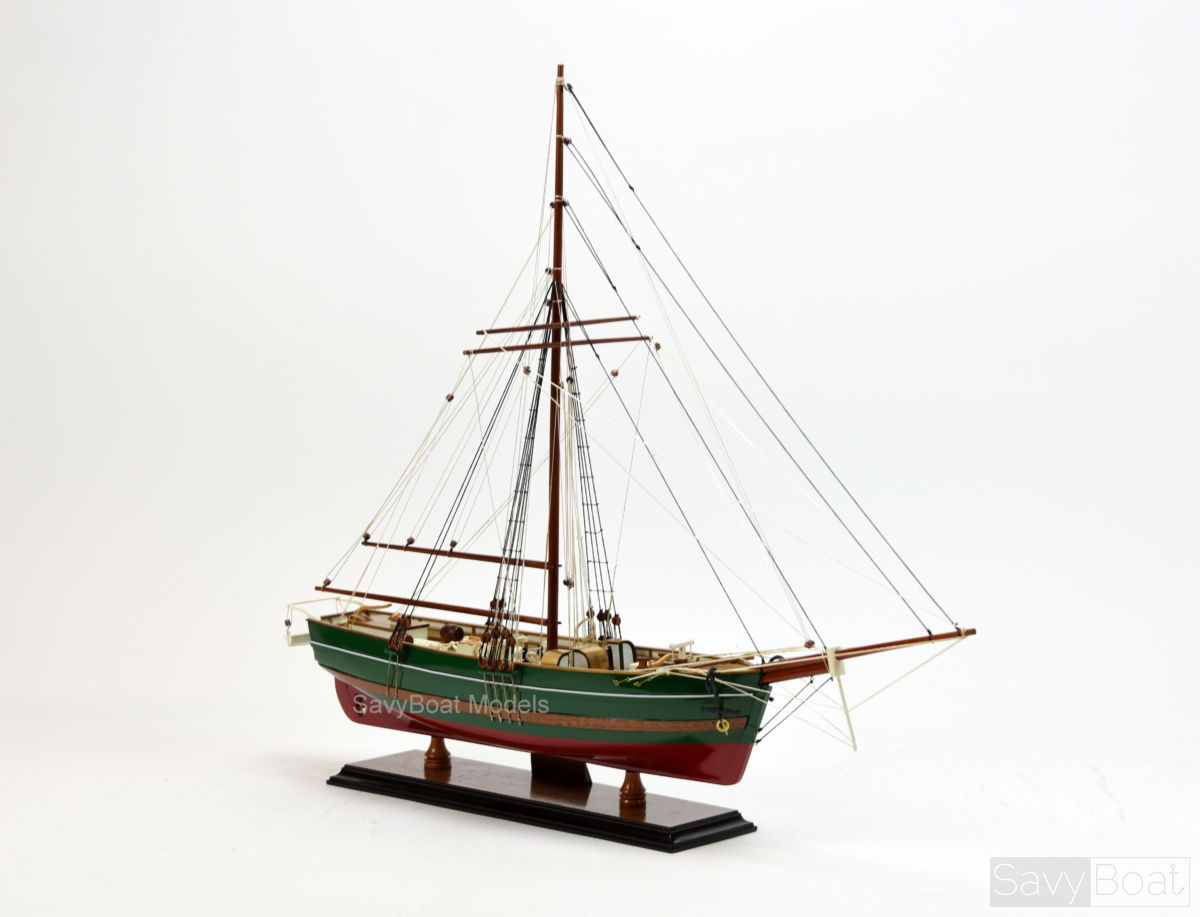
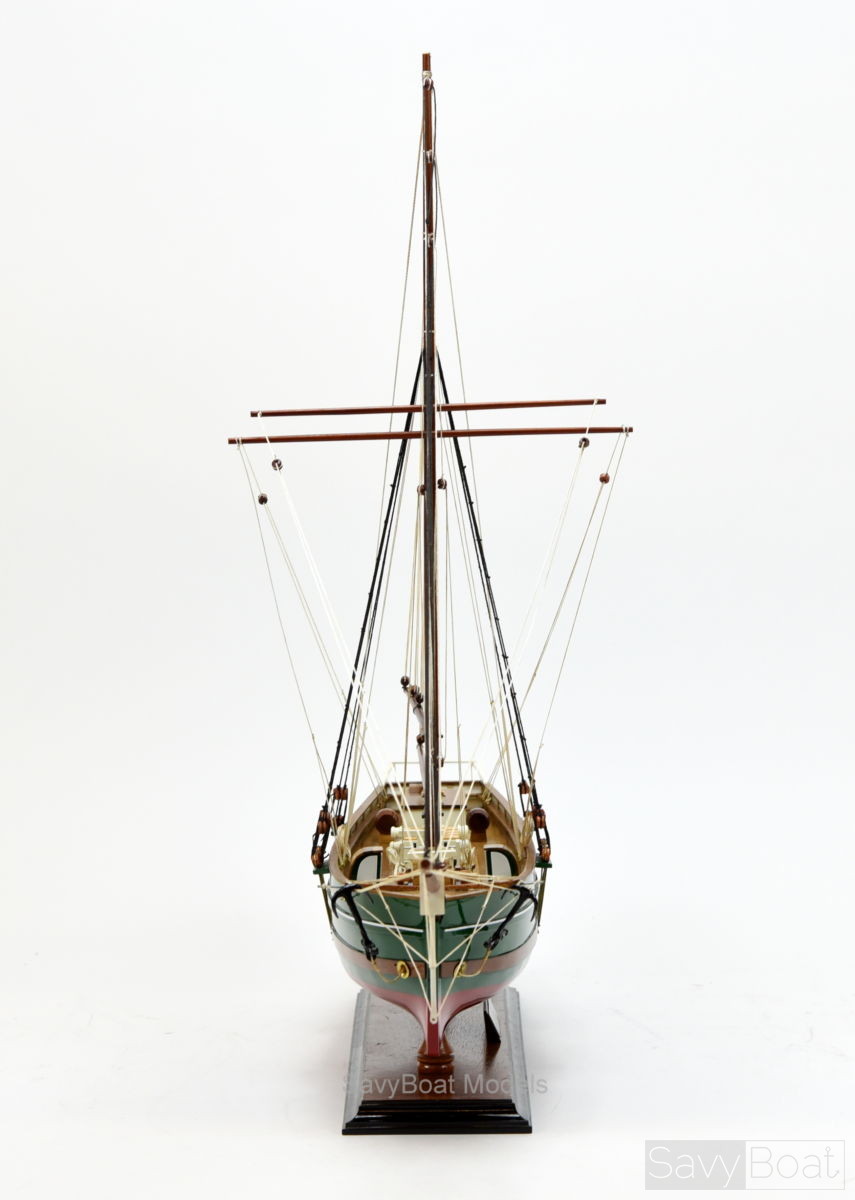
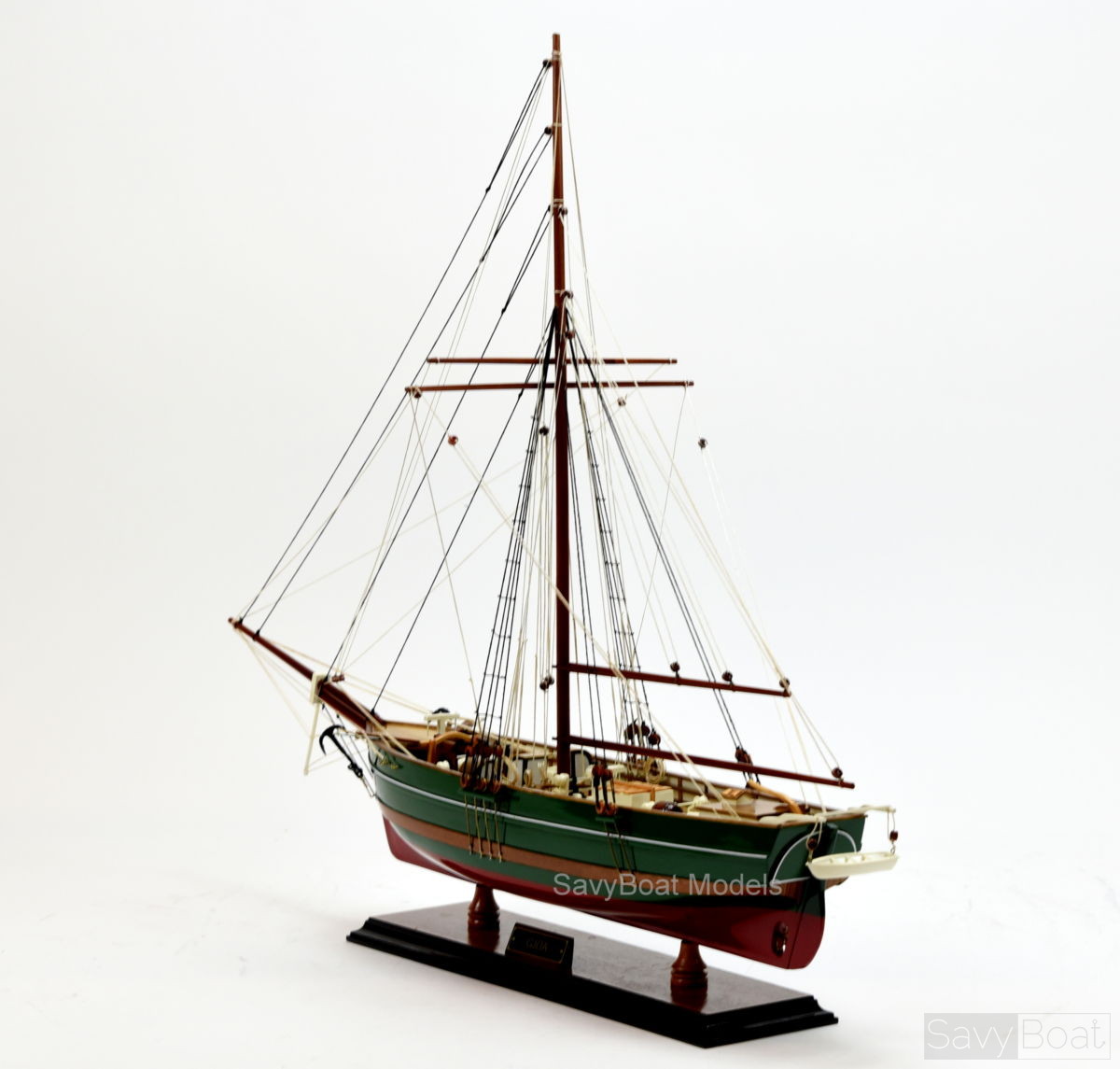
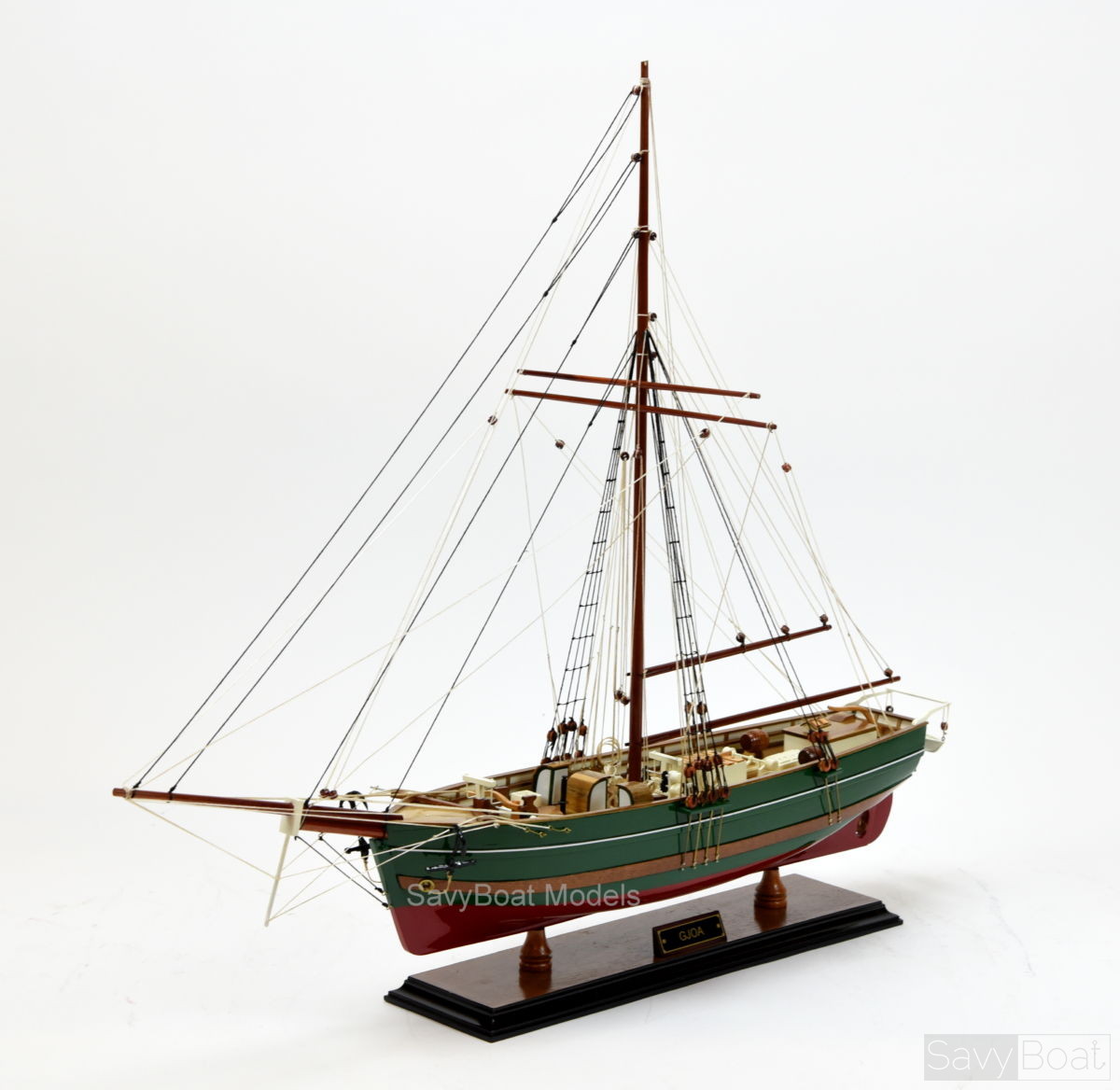
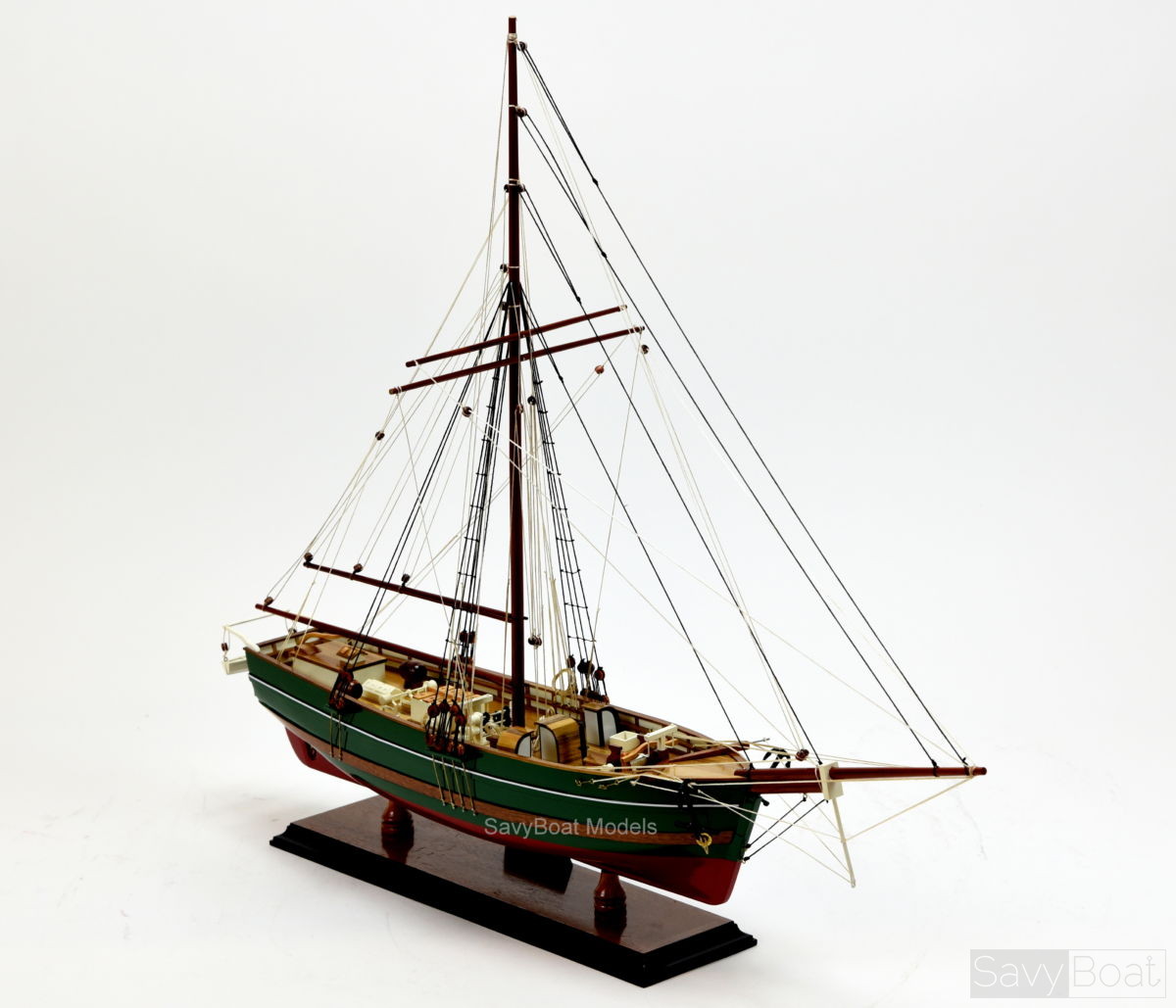


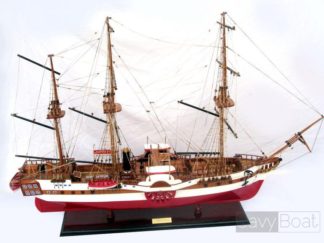
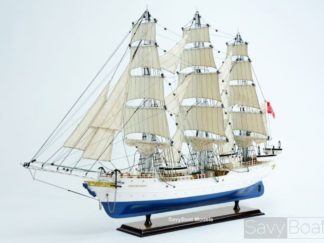
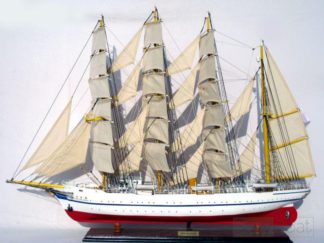
Reviews
There are no reviews yet.